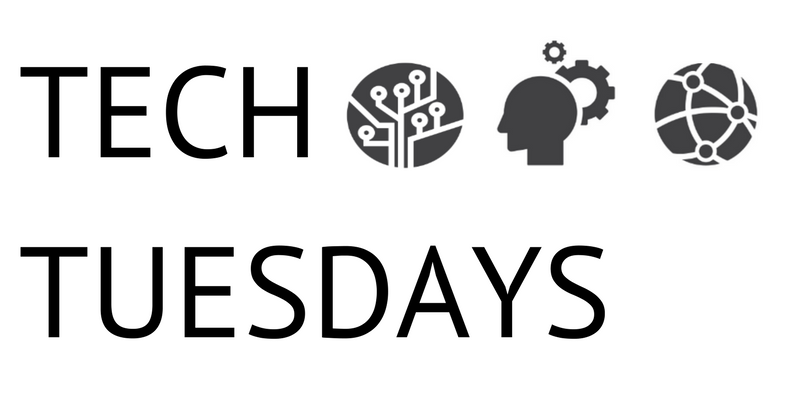| By Chitraa Sridharan |
In the rapidly changing market place today, it is becoming increasingly evident that workplaces need workers who are just not proficient with the core skills but also with people who are prepared to solve complex problems and adapt to changing environments using their 6C (Communication, Collaboration, Critical thinking, Creative innovation, Content, Confidence) skills and character qualities.
As the report from World Economic Forum states, “The gap between the skills people learn and the skills people need is becoming more obvious, as traditional learning falls short of equipping students with the knowledge they need to thrive”. Today’s job candidates must be able to collaborate, communicate and solve problems – skills developed mainly through social and emotional learning (SEL). Combined with traditional skills, this social and emotional proficiency will equip students to succeed in the evolving digital economy.
I looked around to see what the various players within the education industry ecosystem are doing to bridge the gap.
Here is what I found:
This post will be focusing on an emerging educational approach called STEAM that is gaining popularity to prepare today’s students for 21st century workplaces.
STEAM is an educational approach that puts “Arts” into the mix of STEM curriculum, aimed at driving the creativity and innovation even further.
For those who are not familiar with STEM – STEM is a curriculum based on the idea of educating students in four specific disciplines—science, technology, engineering and mathematics—in an interdisciplinary and applied approach.
In the context of STEAM, Arts is just not limited to the traditional Fine Arts and Humanities. Arts also includes the digital media arts such as Websites, Mobile Apps, Animations, 3D technologies, Social media tools, Audio, Video, Augmented reality, Virtual reality, Data visualization, Interactive storytelling etc.
Integrating Art into the mix recognizes that, to be successful in technical fields, individuals must also be creative and use critical thinking skills which are best developed through participation with arts.
This educational approach integrates the core Science subjects and Arts as part of the classroom curriculum, using Project based learning, with an intention to apply the academic learning to practical real-life situations, so learning becomes more meaningful and relevant.
Here is a very informative article on how design Arts using 3D technology is being used in a classroom along with project based learning exercises to make the learning more relevant and fun.
The project-based learning exercise allows students “to experience the way different disciplines collaborate to share ideas and opinions on design choices and techniques…all the activities that need to be performed in real-life situations and that students should master for when they enter the job market,” Thoorens, Technology Teacher said.
In his third-year high school class, Thoorens’ students are designing and building a miniature car that they will race against cars developed by students at other schools.
“The students will be involved throughout the different phases of the project, this not only includes the design of a 3D digital mock-up of the car, but its fabrication as well.”
—Thoorens
In addition, students will generate marketing assets, design a booth for presenting their car at the competition, and give an oral presentation of their work to the competition’s jury.
Here is an article on how Students in DeSoto West Middle School‘s iSTEAM3D Magnet Academy aren’t just learning about cities, they’re building one from the ground up — complete with running water and working lights. The lesson integrates all of the subjects students learn about in school — from the mathematics of engineering bridges to the art of designing the objects that will go in their cities.
Many libraries are beginning to offer programs that involve STEAM–Science, Technology, Engineering, Arts, Math–for kids, teens, and adults.
They are beginning to dedicate areas for informal exploration, creation and better collaboration between classroom and library resources. This is bringing the awareness around discovery, creative thinking and the value of using libraries as learning spaces.
Check out this page from Colorado Department of Education to learn how their libraries support STEAM programs.
While I am pleased with the transformation happening in the Education industry to support 21st century skillsets, I still feel that a successful implementation will require various industry players to come together, collaborate and integrate more than ever before.
I hope that this article sparks a food for thought as to how the Educational institutions, Researchers, Educators, Students, Educational technology providers and other Education industry players can support each other in pursuit of making learning more relevant, engaging and fun.
I am curious to see where this transformation could lead up to. I intend to watch the emerging industry and share my learnings in the upcoming posts.
Stay tuned for more Tech Tuesday blogs the third Tuesday of every month!
 About the Author
About the Author
Chitraa Sridharan is an Agile IT Delivery Lead, GPT (Global Product Technology) at Gale, overseeing the delivery aspects of Technology solutions and services that provides the libraries with the modern research tools that are crucial in connecting libraries to learning and learners to libraries.
She believes that Knowledge is power, and the act of learning is empowering.
She finds joy in following the emerging industry trends, influencers, various players and connecting the dots.


Good information! Thanks for sharing with us.